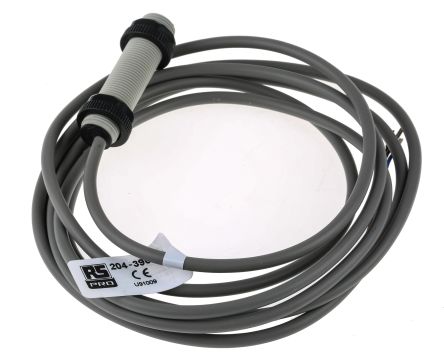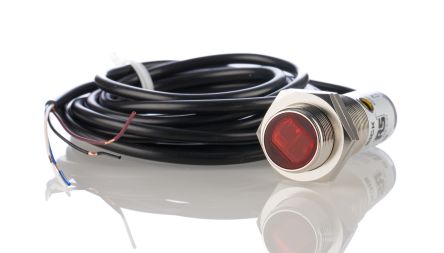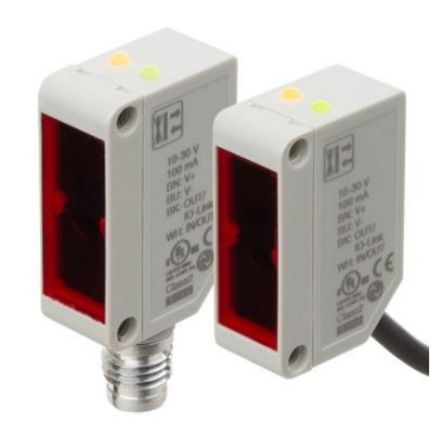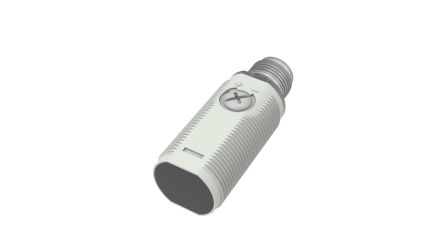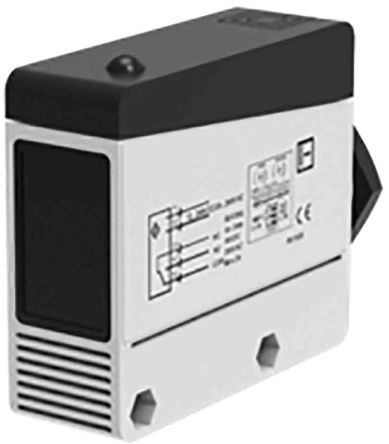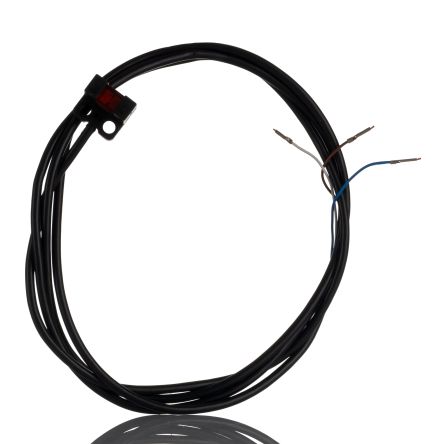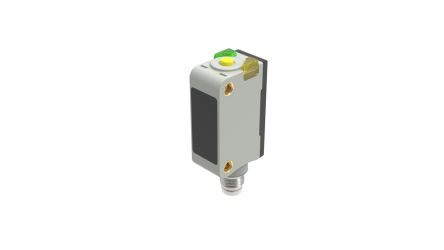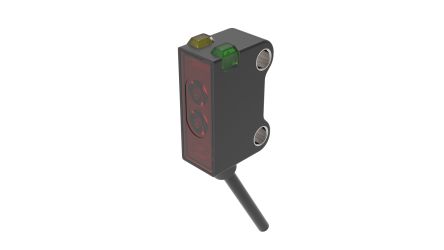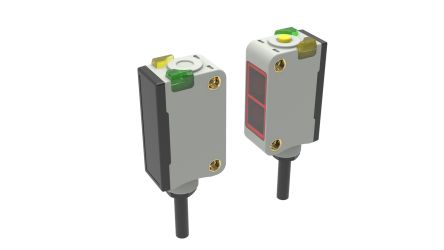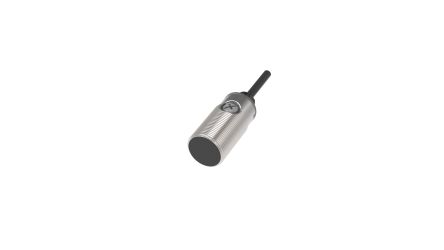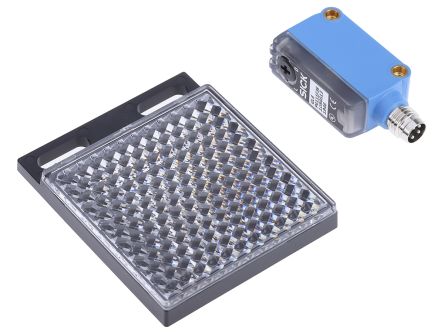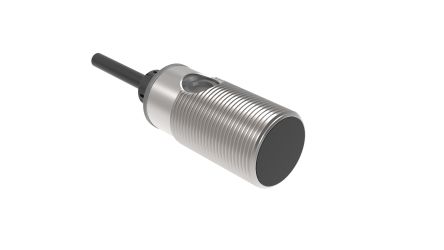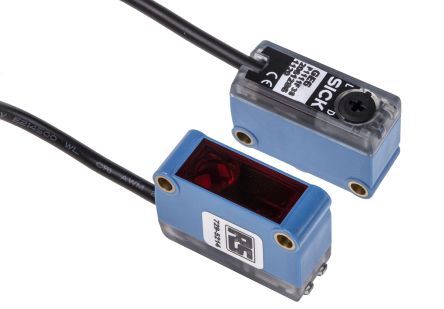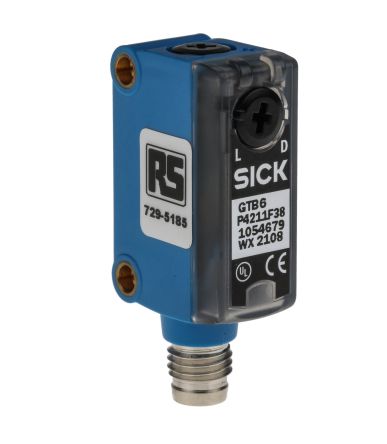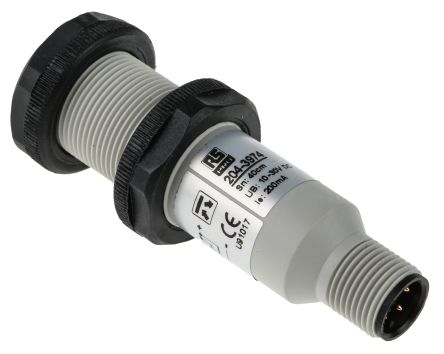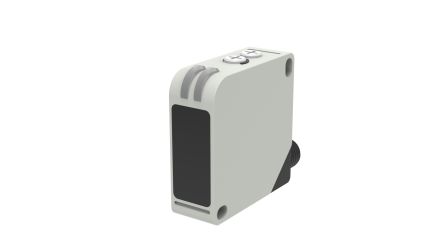- Automation & Control Gear
- Cables & Wires
- Enclosures & Server Racks
- Fuses & Circuit Breakers
- HVAC, Fans & Thermal Management
- Lighting
- Relays & Signal Conditioning
- Switches
- Batteries & Chargers
- Connectors
- Displays & Optoelectronics
- ESD Control, Cleanroom & PCB Prototyping
- Passive Components
- Power Supplies & Transformers
- Raspberry Pi, Arduino, ROCK, STEM Education & Development Tools
- Semiconductors
Photoelectric Sensors
In the rapidly modernizing industrial landscape of the Philippines, photoelectric sensors or photocell sensors are essential for enhancing production efficiency and automation. These devices determine the distance, absence, or presence of physical objects by emitting a field or beam of electromagnetic radiation.
To detect an object, alterations in the returned signal are measured. This capability is enabled by photo sensors, which are equipped with an Emitter to emit light and a Receiver to capture it. Furthermore, there are three main types of photoelectric sensors—through-beam, retro-reflective and diffuse—which vary slightly in the way they function.
As such, these versatile photocell sensors are vital for driving modernization and technical advancements across various sectors in the Philippines.
Types of Photoelectric Sensors
1. Through-beam sensors
Through Beam Sensors (aka thru-beam) rely on two separate housings, one for the transmitter and one for the receiver, with the transmitter providing a continuous beam of light to the receiver. Each time an object passes through the beam, this interrupts the signal between the transmitter and receiver, which in turn causes the receiver to send an electrical signal to the output. Through-beam photoelectric sensors are suited to long-distance sensing and can detect almost any object, irrespective of color or angular motion.
2. Retro-reflective sensors
Retro-reflective photoelectric sensors (retroreflective) have both the transmitter and receiver contained within the same housing but require a reflector opposite to the sensor. Once positioned, the reflector opposite to the retro reflective sensor bounces the light beam back to the transmitter until an object breaks the beam. Objects which are highly reflective such as aluminum may require reflective type photoelectric sensors with polarizing filters for greater accuracy. These filters allow the sensor to acknowledge that the reflected light from reflecting materials is different from the reflector.
3. Diffuse sensors
Diffuse sensors (proximity sensors) are easier to install as only one device must be mounted. This is because the transmitter and receiver are contained within one housing. Diffuse photoelectric sensors use the reflection from the target object within a predetermined sensing range.
The transmitter sends out a continuous beam of infrared light; once this hits the target, it is diffused in all directions; a part of this light is reflected and recognisedby the receiver, and the receiver then sends an electrical signal to the output. A special type of diffused mode is background suppression, which enables the user to control the sensing range precisely.
Applications of Photoelectric Sensors
For reliable and cost-effective automation solutions, photoelectric sensors in the Philippines are a popular choice across various industries, some of which include:
- Food Industry: Monitor production lines to ensure proper packaging and detect food presence, maintaining consistent product quality and optimizing processing speeds.
- Pharmaceutical Industry: To maintain consistency and ensure patient safety, photoelectric sensors verify that bottles are filled to the correct level and that caps and labels are properly applied, providing essential traceability.
- Packaging Plants: Enhance sorting by color and size while ensuring each package is properly filled, sealed, and labeled, increasing operational efficiency and reducing errors.
- Automotive Industry: Ensure the correct installation and placement of panels, wires, and electronic systems. This is crucial for assembling vehicles that are free from defects and perform reliably.
- Doors and Gates: Sensors are used to detect the presence of objects or people in the path of closing doors and gates, thereby preventing accidents and enabling efficient, secure entry and exit management.
Advanced Features of Photoelectric Sensors
Here are some advanced features and recent advancements in photoelectric sensor technology:
- Enhanced Sensitivity: Modern photoelectric switch sensors have improved sensitivity, allowing them to detect a wider range of light intensities and operate efficiently in low-light conditions.
- Miniaturization: The trend towards smaller devices continues, enabling integration into compact spaces without compromising performance.
- IO-Link Communication: This feature easily integrates with automation systems, enhancing data transparency and reconfigurability. For example, RS PRO Photoelectric Sensor with IO-Link Communication helps reduce wiring complexity and allows for real-time diagnostics and data collection, improving operational efficiency and reducing downtime.
- Connectivity Options: Besides traditional wiring, newer photoelectric sensor reflectors offer options like wireless connectivity, aiding in easier installation and maintenance.
- IP67 Protection: Many photo sensors now come equipped with IP67 certification, which guarantees protection against dust ingress and ensures functionality in up to one meter of water for up to 30 minutes. This level of protection is essential for sensors operating in harsh environmental conditions, ensuring durability and reliability.
Choosing the Right Photoelectric Sensor
When selecting a photoelectric sensor, it's important to consider key factors to ensure optimal performance for your specific application.
- Assess the Range Needs: Determine the operating distance between the photoelectric sensor and the target. This factor is crucial for ensuring accurate detection without compromising functionality.
- Consider Object Properties: Evaluate the color, size, transparency, and material of the object to be detected. Different sensors are better suited to different types of objects, affecting detection precision and reliability.
- Evaluate Environmental Conditions: Identify potential environmental challenges like dust, moisture, and extreme temperatures. Choose sensors with appropriate protection ratings (e.g., IP67) to withstand these conditions.
- Budget Considerations: Photoelectric sensor prices in the Philippines can vary depending on their features and specifications. To ensure accuracy and reliability for your specific needs, consider investing in sensors that offer advanced capabilities like improved sensitivity and better connectivity. However, it's important to focus on the features that are most critical for your application to avoid overspending on unnecessary enhancements.
Buy Photoelectric Sensors at RS Philippines
RS Philippines offers a wide selection of photoelectric sensors at various prices, catering to those on a budget and those needing advanced features. Moreover, we provide comprehensive warranties to ensure long-term reliability, and our technical support team is available to assist with any setup or operational issues.
Browse the broad range of photoelectric sensors RS Philippines offers to enhance your automation and control systems. Additionally, explore our PLC controllers for precise automation control and miniature circuit breakers to ensure safe and reliable electrical protection.
Order today and ensure your systems are equipped with high-quality, reliable products. For a full suite of delivery services, please refer to our Delivery page.

